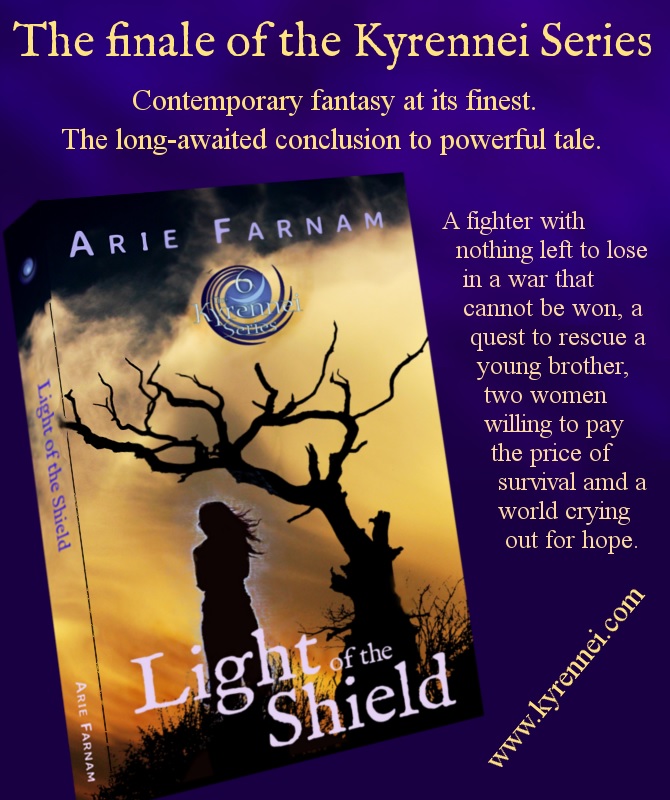What kids need during the holidays
/I woke up one winter morning in middle childhood to the sound of gunshots on the other side of a thin wooden wall. The light coming through the window was eerie, pale and wavering like a cold candle.
I jumped out of bed and searched for my parents, who slept in the bed next to mine. Their covers were rumpled and they were gone. I raced to the loft where my brothers slept. My little brother was sitting up in his blankets while my older brother struggled quickly into his shirt.
"What's that noise?" I cried.
"Pa's shooting his gun," my older brother said.
The front door to our cabin slammed and I could hear Mama coming in below. We scrambled to the railing and demanded to know what was going on. Mama explained with a tone somewhere between resignation and reassurance that all the deep heavy snow we had thought was melting the night before had frozen solid as a rock over night and Pa was shooting clumps of ice out of the giant fir tree next to our house... so that it wouldn't fall and crush our house.
This memory, one of the clearest I have from childhood, is oddly tinged with brilliant sparkle. There is almost no fear in my memory, as if I thought all this was terribly exciting. Beyond the first shock of waking up alone with the frightening noise outside, I seem to have been in a state of giddy delight. Pa was like Pa in Little House on the Prairie. There was no natural or human threat to big for him in my view. We were clearly safe in his hands.
While we were getting dressed in the loft there was a tremendous crash that shook the whole cabin and the sound of wood grating against metal. Something had clearly fallen onto our tin roof. It was prevented from crushing us only by a few beams, some insulation and a couple of layers of plywood.
Excited to see a fallen tree and glad that the house had apparently survived, my brothers and I pulled on our snow gear and scrambled up the steps cut into the ice outside the front door to get outside. Pa was still out by the large fir tree to the north of the house and it had clearly not fallen. We told him about the crash on the roof and suggested that it must have been the tree on the south side of the house.
He told us to go check, so we ran around the front of the house... or attempted to. I got to the front yard where the ground sloped gently downhill and my feet flew out from under me. My head struck the sheer sheet of ice under me with a loud "crack!"
My brothers went down a bit more gracefully and scrambled back across the ice to help check on me as I groggily shook the stars out of my eyes.
We'd had several feet of heavy snow the day before. But in the evening the temperature had climbed and the whole mass had started to melt, water running across the surface and down onto the county road below. But in the night a cold snap had come, so hard and fast that the melting slush had turned to ice, a thick, rock-hard layer covering everything for miles around us. It did not have the crusty appearance of old snow with a frozen top layer. It was slick, shiny and impenetrable.
It's likely that anyone forty or over from the Pacific Northwest will know what I'm talking about. It is still generally referred to as the Great Ice Storm. Electrical lines were down for days, phones and water pumps didn't work, every branch and twig was coated in a thick layer of clear ice, a snow plow was broken trying to clear our county road and we were completely cut off from the outside world for three days.
My brothers and I didn't know the extent of the "disaster" yet but we already loved it. We were on an important mission from Pa to check the south side of the house, so despite the ringing in my head and the large knot swelling behind my ear, my big brother helped me up and we staggered the rest of the way around the cabin, joking about how my head was so hard that it cracked the ice.
As it turned out, it was a disappointingly small branch that had crashed onto our roof and made such an enormous noise. But by midday Pa had finished shooting ice out of the trees and he had time to pull us on our giant toboggan. We slid our way over to our nearest neighbors, to make sure everyone was all right. Then we slid home again.
It is ironic that while our parents' generation remembers it as a natural disaster, my brothers and I remember those days of candlelight and ice as some of the best moments of our childhood.
Creative Commons image by David Lytle
We spent our days sliding on the snow or helping our parents with the tasks of daily survival, such as cutting blocks of ice out of the frozen slush to heat on the wood stove. (That was our only source of water with our well 60 feet deep and the pump out of operation.( And we spent the long winter evenings, playing games and telling stories by candlelight.
Anyone who remembers a night without electricity as a child can probably relate to some degree. Without the TV, computers, oven, food processor or phone working and with the roads closed, the one thing we children had was... our parents' attention.
We often feel that the past must have been simpler and by extension better, because in those times they did not have electricity and all of those things on a regular basis. So, we envision it like an endless snow day. But in reality, the children of the past did not have their parents' attention because their parents' daily routine did not require electricity.
The truth is that we cannot really give our children an endless snow day. We cannot always give them our full attention. We have to work and cook and keep our lives together and that takes up the majority of our time and energy. Most of the time, what is left for real attention to children is the crumbs.
But this is still what I think of during the holidays and when facing the week of winter break. Our children can remember the holidays as a magical time of sparkle, even if the reality is that we are stressed out and the extended family is fighting and money is tight and crises loom. The key to it is amazingly simple. Times of comfort and attention.
We can create it for our children, by declaring our own great ice storm. It doesn't actually take a disaster to make a time that children will remember forever.
Here is a recipe. It need not be every moment of the holiday season, but as much as possible, as often as possible, allow and if necessary schedule family times with these elements:
- Nothing urgent that adults must get done.
- Nothing urgent that the kids must get done.
- No set schedule or a very simple schedule
- Few or no visitors outside immediate family, who are very familiar to children
- A pleasant and familiar environment
- The attention of adults being at least partly on things of interest to the child
- A low level of excitement for something in the future or an understanding of this as a special time
- A balance of sugar versus protein in food.
- Low use of electronics by children and adults alike
- Opportunities for activities like playing games, reading, building things, coloring, crafting, cooking, playing in nature, moving around
- Any conflicts that arise expressed and handled with mutual compassion
Number ten--the apparent activity involved--is actually the least important thing on the list. It doesn't really matter what you're doing as much as the environment is good, necessities are taken care of and there is no urgent agenda. It is almost like magic. This really will create the most memorable moments for children without anything special or flashy added.
Certainly we also want to do special, fun and meaningful things with our children but doing them one at a time and allowing for spaces without a schedule in between will matter most.

















